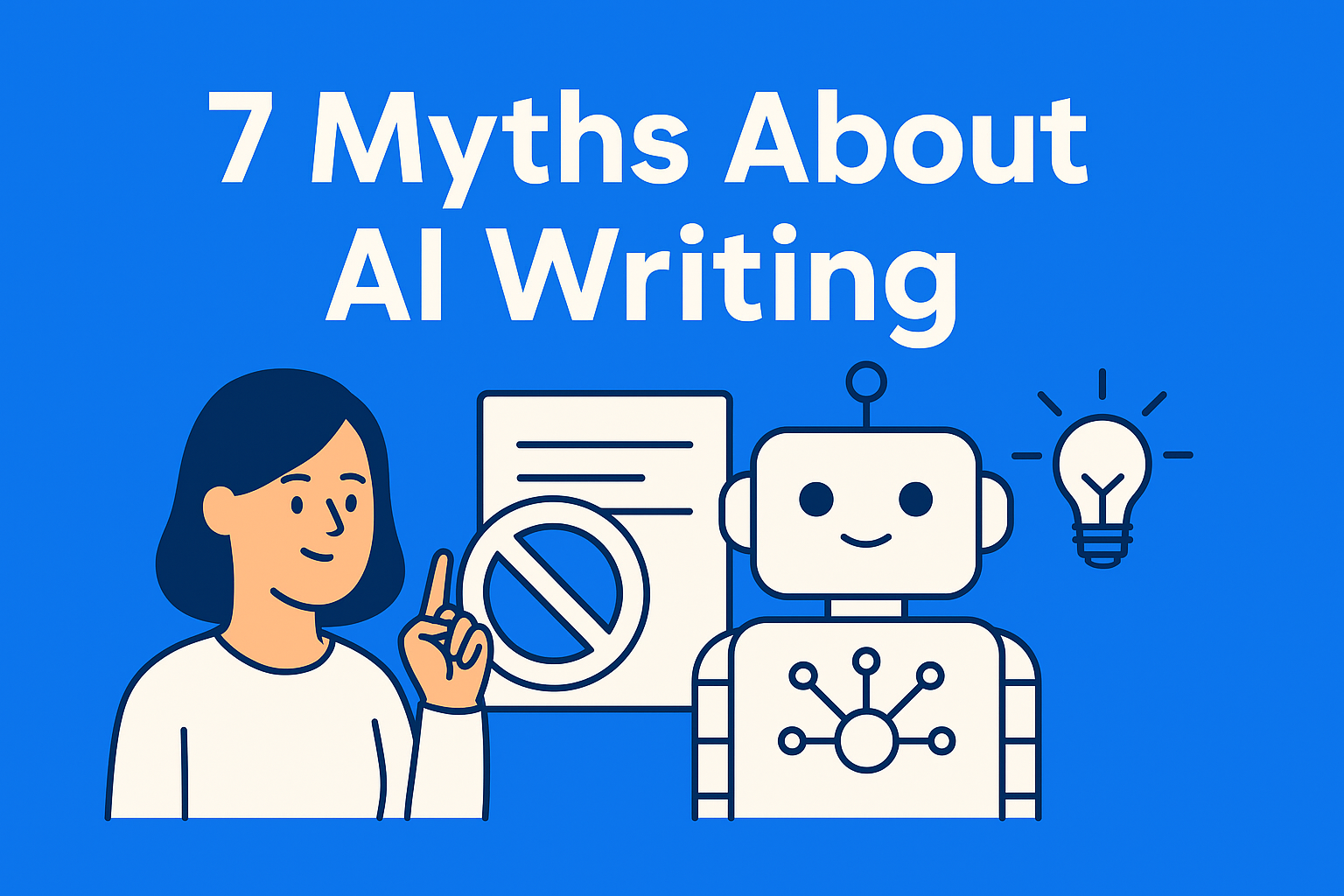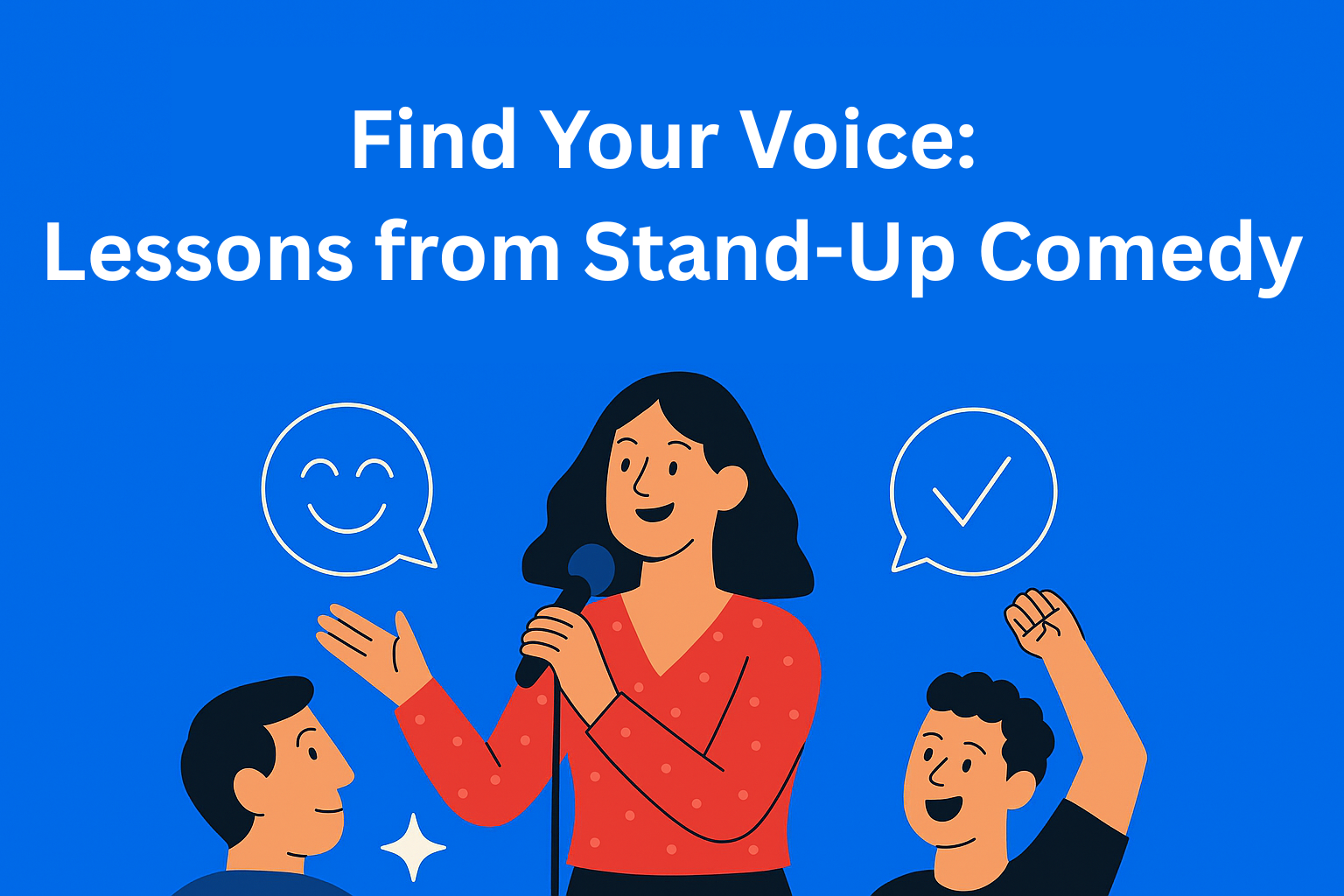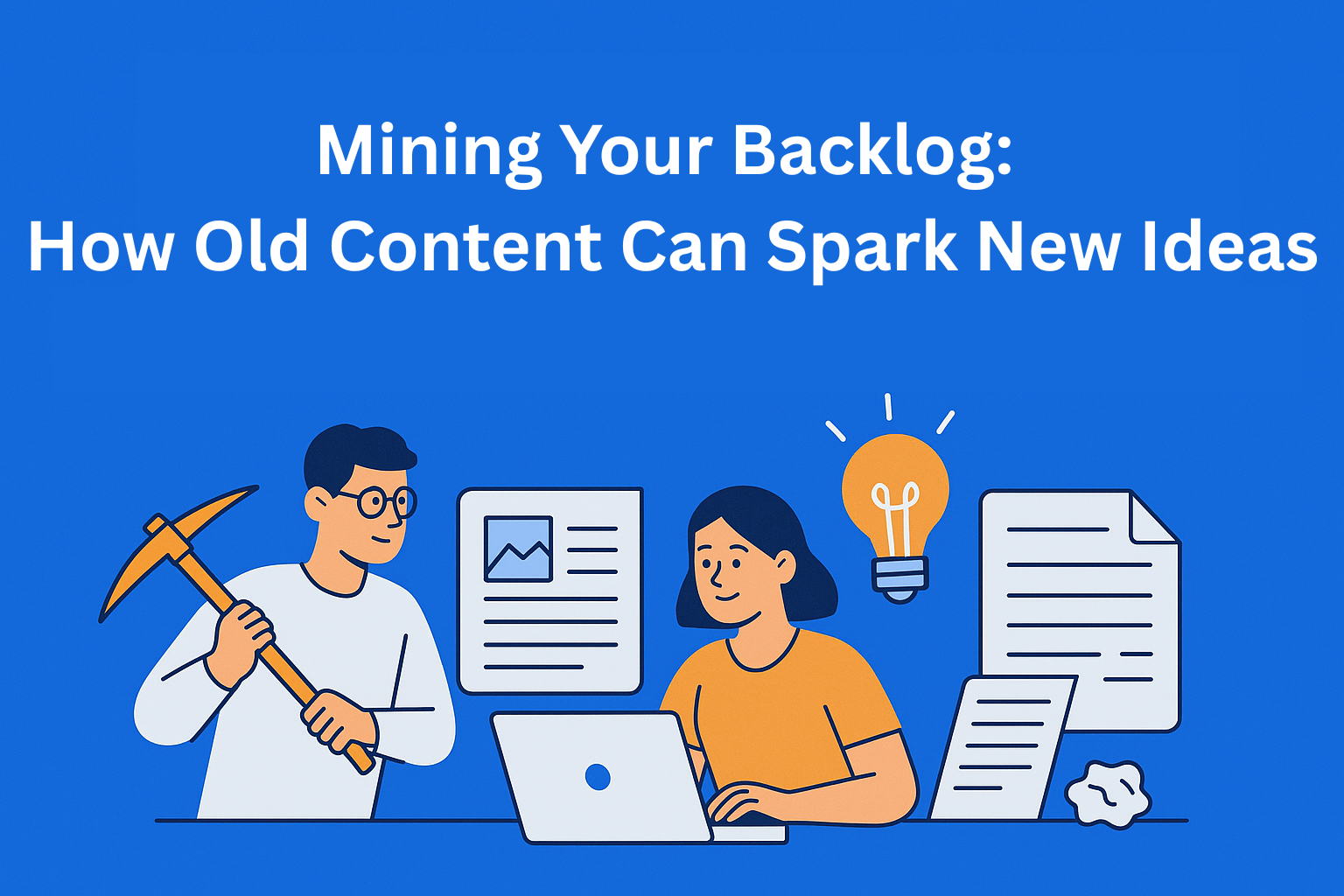7 Myths About AI Writing That Content Teams Still Believe
Think AI will replace writers or ruin SEO? Think again. Discover 7 common myths about AI writing, and the truth that can make your content strategy smarter, faster, and more effective.

AI writing tools have become incredibly popular in recent years, but with rapid growth comes a lot of confusion and, honestly, plenty of myths. Content teams everywhere are still debating whether these tools are a threat or a blessing. The truth? AI can be an amazing ally if you know how to use it. Let’s break down some of the most common myths about AI writing and separate fact from fiction.
Key Takeaways
- AI won’t replace writers - It’s a tool that speeds up workflows, not a replacement for creativity.
- Quality depends on usage - Good prompts + human editing = high-quality output.
- Brand voice is possible - Feed AI style guides and examples for consistency.
- AI supports creativity - It helps overcome writer’s block and sparks ideas.
- Google doesn’t penalize AI content - Value and relevance matter more than who writes it.
- AI works for long-form too - Break content into sections for best results.
- Teams aren’t obsolete - AI automates tasks so humans can focus on strategy and storytelling.
Myth 1: AI Writing Will Replace Human Writers
This is probably the biggest fear content teams have: “AI is coming for our jobs!” Let’s be real - AI is a tool, not a takeover. Yes, AI can generate text faster than any human, but it can’t replicate human creativity, emotion, or personal experience. Great content isn’t just about putting words together; it’s about telling stories that connect.
Instead of replacing writers, AI helps them work smarter. Research, topic ideas, even first drafts - AI can speed all that up. But human judgment is still essential for authentic, engaging content. So no, your job isn’t disappearing - unless you refuse to adapt.
Myth 2: AI-Generated Content Is Always Low Quality
This myth comes from the early days when AI tools were, well, pretty bad. Remember those stiff, robotic sentences? Luckily, those days are gone. Today’s AI tools can produce surprisingly good drafts. But here’s the thing: quality depends on how you use the tool.
Good prompts and clear instructions lead to better results. And yes, human editing still matters. AI gives you speed and structure; you add nuance and creativity. The result? A workflow that saves time without sacrificing quality.
Myth 3: AI Can’t Understand Brand Voice
True, AI isn’t a mind reader. But with the right guidance, it can mimic your brand tone really well. Most modern AI tools let you set parameters or upload style guides. Over time, the AI learns your preferred tone and adapts.
The trick? Feed it good examples. If you give AI your best-performing content as a reference, it can pick up on patterns like sentence length, word choice, and formality. That way, your AI drafts sound on-brand with just a little tweaking.
Myth 4: Using AI Means No Creativity
People often think: “If I use AI, I just click a button and that’s it.” Not so fast. AI itself isn’t creative - it works based on the data it’s trained on - but it can help unlock your creativity. Ever stared at a blank page for hours with no idea how to start? That’s where AI shines. It can give you ideas, outlines, and even headline alternatives to spark inspiration.
Think of AI as a creative partner. It throws out ideas; you decide which ones to run with. You still control the story, tone, and message. Far from killing creativity, AI actually makes it easier because you spend less time stuck and more time refining great ideas.
Myth 5: AI Content Is Bad for SEO
This myth is everywhere: “Google will penalize AI content!” The truth: Google cares about helpful, high-quality content - not whether a human or AI wrote it. In fact, Google’s guidelines say AI-generated content is fine as long as it provides value.
The key? Don’t rely on AI for 100% of the work. Add your own insights, data, and personal experience. That’s what makes content useful and trustworthy. Combine that with AI for structure and efficiency, and you have a winning SEO strategy.
Myth 6: AI Tools Are Only for Short-Form Content
Some teams think AI can only handle tweets or product descriptions. Not true. Today’s AI tools can create long-form content too - from blog posts to eBooks. The trick is breaking your content into sections and giving AI clear prompts.
For example, start by asking AI for an outline, then expand each section. If you ask it to write a huge article in one go, the quality will suffer. After that, add your own expertise and examples. This method saves hours without sacrificing depth or originality.
Myth 7: AI Makes Content Teams Obsolete
The idea that AI will replace entire teams is just another fear-based myth. AI is great at repetitive, time-consuming tasks, but it can’t replace strategy, storytelling, or emotional intelligence. Content marketing isn’t just about writing - it’s about connecting with people.
In reality, AI makes teams more valuable by freeing them from boring tasks like keyword research or meta descriptions. This lets teams focus on planning, audience engagement, and creative campaigns. In fact, knowing how to use AI makes you an even stronger asset.
Pro tip: Pair AI with content management platforms like EasyContent, where everything (content and workflows) is in one place. That way, your team becomes even more efficient, not replaceable.
Conclusion
AI writing tools aren’t the enemy. They’re powerful partners that help content teams work faster and smarter. The key is understanding what AI can (and can’t) do. Stop believing the myths and start experimenting. The sooner you learn to use AI, the stronger your content strategy will be.
Next step? Pick one AI tool, test it for a week, and see how it fits into your workflow. Chances are, you’ll wonder how you ever worked without it.






